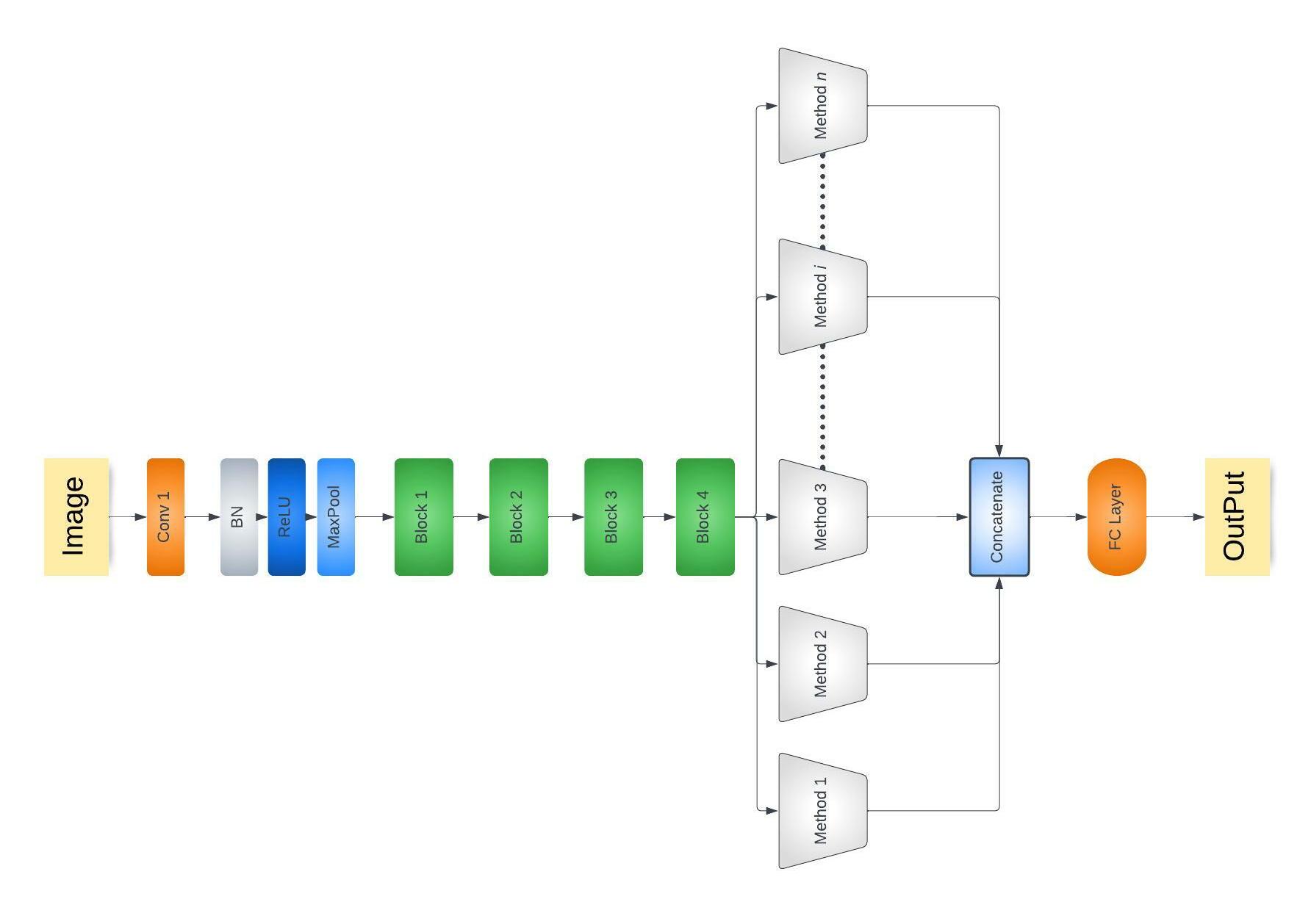Texture Extraction Methods Based Ensembling Framework for Improved Classification
Texture-based classification solutions have proven their significance in many domains, from industrial inspections to health-related applications. New methods have been developed based on texture feature learning and CNN-based architectures to address computer vision use cases for images with rich texture-based features. In recent years, architectures solving texture-based classification problems and demonstrating state-of-the-art results have emerged. Yet, one limitation of these approaches is that they cannot claim to be suitable for all types of image texture patterns. Each technique has an advantage for a specific texture type only. To address this shortcoming, we propose a framework that combines more than one texture-based techniques together, uniquely, with a CNN backbone to extract the most relevant texture features. This enables the model to be trained in a self-selective manner and produce improved results over current published benchmarks -- with almost same number of model parameters. Our proposed framework works well on most texture types simultaneously and allows flexibility for additional texture-based methods to be accommodated to achieve better results than existing architectures. In this work, firstly, we present an analysis on the relative importance of existing techniques when used alone and in combination with other TE methods on benchmark datasets. Secondly, we show that Global Average Pooling which represents the spatial information -- is of less significance in comparison to the TE method(s) applied in the network while training for texture-based classification tasks. Finally, we present state-of-the-art results for several texture-based benchmark datasets by combining three existing texture-based techniques using our proposed framework.
PDF Abstract


 DTD
DTD
 MINC
MINC
 KTH-TIPS2
KTH-TIPS2